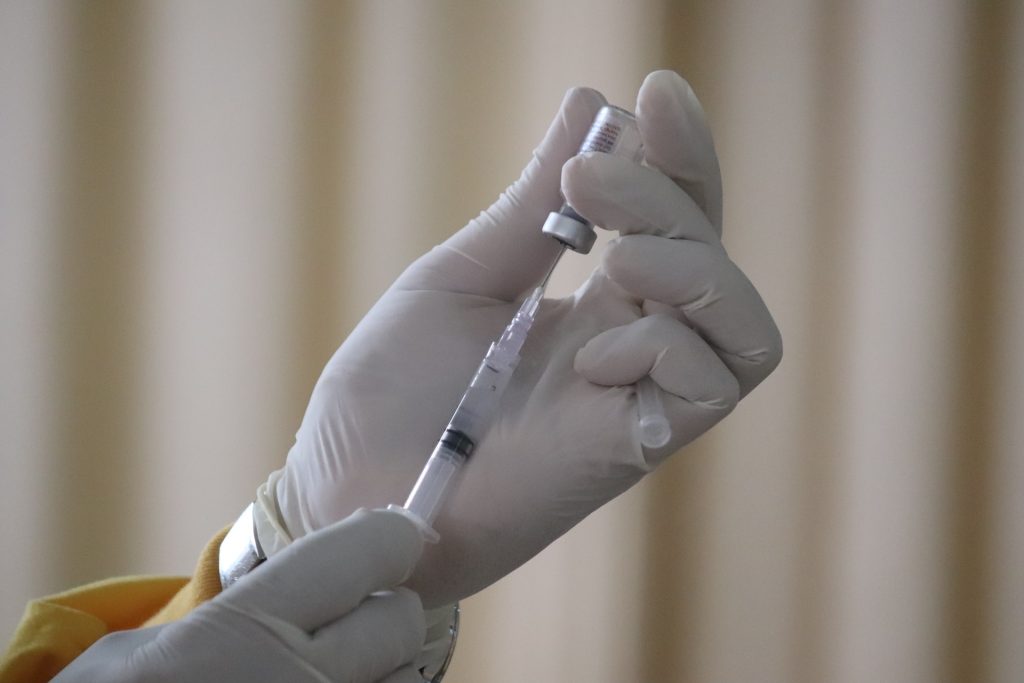International Day of Persons with Disabilities – Inclusivity is Critical to Achieving Health for All

The United Nations International Day of Persons with Disabilities (IDPD) is celebrated annually on 3 December, aiming to promote an understanding of disability issues and to mobilise support for the dignity, rights and well-being of persons with disabilities. An estimated 1.3 billion people experience significant disability.1a This represents 16% of the world’s population, or 1 in 6 of us.1a In South Africa, that figure is 15%, or 8,9 million.2a
Persons with disabilities face many health inequities, including stigma, discrimination, poverty, and exclusion from education and employment. They also face barriers in all aspects of the health system, such as negative attitudes and discriminatory practices and lack of information or data collection and analysis on disability.1b+c
“Disability inclusion is critical to achieving the Sustainable Development Goals (SDGs) and global health priorities to achieve health for all, as envisioned in the 2030 Agenda for Sustainable Development,” says Prudence Selani, Head of Corporate Affairs at Sanofi South Africa. On this International Day of Persons with Disabilities, Sanofi is celebrating its commitment to the 2023 theme, ‘United in Action to Rescue and Achieve the Sustainable Development Goals (SDGs) For, With, and By Persons with Disabilities,’ through several initiatives.
In collaboration with its implementation partners, Sanofi has launched a unique external training programme for persons with disabilities, especially those from disadvantaged communities. This programme is designed to break barriers to education post-matriculation, offering management training and entrepreneurship skills in areas like financial literacy and marketing. This initiative also supports people with post-matric qualifications striving for employment, enhancing their employability and professional growth.
“As part of our commitment to Broad-Based Black Economic Empowerment (B-BBEE), 10% of learners on our Youth Employment Service “Y.E.S.” programme are persons with disabilities, underlining our commitment to diversity and inclusion,” says Selani.
Sanofi’s Diversity, Equity and Inclusion is bolstered through Employee Resource Groups (ERGs). The Ability+ ERG promotes a safe environment for employees to declare their disabilities, offering support and resources. Sanofi is also offering employees the chance to enrol in South African Sign Language courses, to transform its workplace into a disability-friendly space.
“Our partnerships with local and global organisations that are focused on disabilities will enable us to conduct workshops with leaders and employees, fostering a culture of understanding and empathy.”
“Sanofi also emphasises employee wellness and mental health, offering extensive support and wellness programmes,” says Selani. “These initiatives underscore our dedication to the well-being of all our employees.”
“As we mark IDPD 2023, Sanofi encourages organisations across all sectors to join us in these efforts. Together, we can make significant strides towards a more inclusive society and achieving the SDGs for, with, and by persons with disabilities,” concludes Selani.
Together, we are making a difference. Join us in our journey towards an inclusive future.
References:
1. World Health Organisation (WHO). Disability. [Mar 2023]. Available from: https://www.who.int/news-room/fact-sheets/detail/disability-and-health#:~:text=An%20estimated%201.3%20billion%20people%20%E2%80%93%20or%2016%25%20of%20the%20global,diseases%20and%20people%20living%20longer.
2. National Council of and for Person with Disabilities (NCPD). Available from: https://ncpd.org.za/wp-content/uploads/2023/09/NCPD-Infographic_2023.pdf






